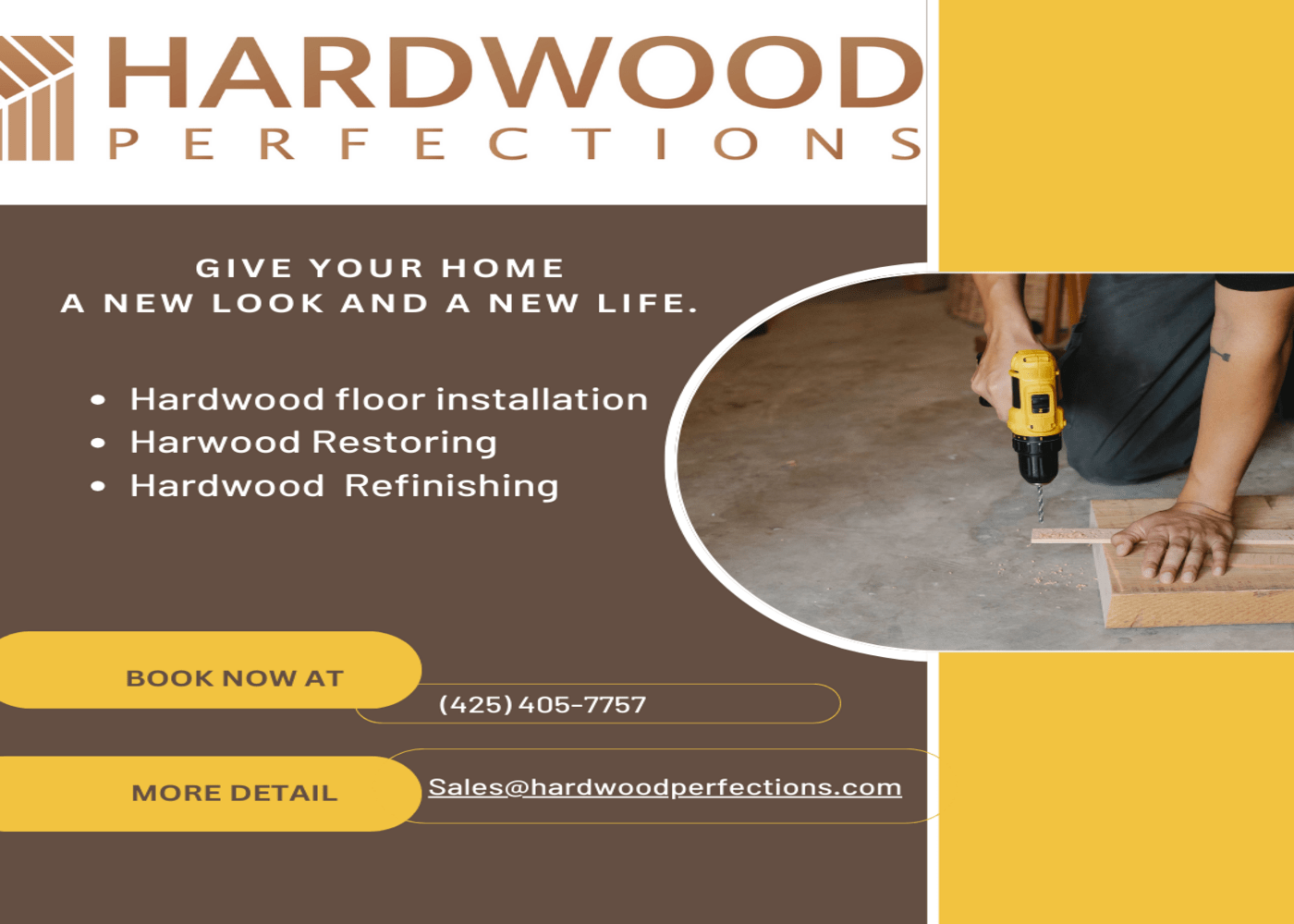As we become more eco-conscious and aware of our
environmental footprint, finding sustainable ways to connect our homes with the
outdoors is becoming increasingly important. Whether you are an outdoor
enthusiast or a homeowner looking to embrace a greener lifestyle, here are
seven eco-friendly methods to seamlessly blend your indoor and outdoor spaces!
Install Energy-Efficient Windows
One of the simplest yet most effective ways to connect your
home with the outdoors is by installing energy-efficient windows. These windows
not only allow natural light to flood your living spaces, creating a harmonious
connection with the outside world, but they also help reduce energy consumption
by maintaining optimal indoor temperatures. Look for windows with
low-emissivity (Low-E) glass coatings and double or triple glazing for energy
efficiency.
Create a Green Roof
A green roof, also known as a living roof, is an excellent
way to incorporate nature into your home while promoting sustainability. By
covering your roof with vegetation, you can improve insulation, reduce
stormwater runoff, and provide a habitat for local wildlife. Green roofs also
contribute to better air quality and can significantly lower urban heat island
effects.
Integrate Natural Landscaping
Natural landscaping involves using native plants and
eco-friendly gardening practices to create a seamless outdoor environment.
Native plants require less water, fertilizers, and maintenance, making them a
sustainable choice for your garden. Incorporate elements like rain gardens,
permeable paving, and organic mulch to further reduce your environmental
footprint. By creating a biodiverse and self-sustaining landscape, you can
enjoy a vibrant outdoor space!
Utilize Solar Power
Harnessing solar energy is a powerful way to connect your
home with the outdoors while reducing your reliance on fossil fuels. Install
solar panels on your roof or in your yard to generate clean, renewable energy
for your home. Solar-powered outdoor lighting and water features can also
enhance your garden's ambiance while minimizing electricity consumption.
Build a Sustainable Deck
A well-designed deck can serve as a perfect transition
between your indoor and outdoor spaces. Opt for eco-friendly materials like
reclaimed wood, bamboo, or composite decking made from recycled plastics.
Consult with a reputable deck contractor to ensure that your deck is built to last while minimizing
its environmental impact. Sustainable decks offer a space for relaxation and
entertainment while enhancing your home's connection to nature.
Incorporate Natural Materials Indoors
Bringing natural materials into your home's interior design
can create a seamless connection with the outdoors. Use materials like stone,
wood, and clay to add warmth and texture to your living spaces. Consider
eco-friendly options such as reclaimed wood flooring, bamboo cabinetry, and
natural stone countertops. These materials not only enhance your home's
aesthetic appeal but also promote sustainability by reducing the demand for new
resources.
Design Outdoor Living Spaces
Creating functional and inviting outdoor living spaces
encourages you to spend more time outside, fostering a deeper connection with
nature. Consider adding features like a pergola, outdoor kitchen, or fire pit
to make your outdoor areas more versatile and enjoyable. Use sustainable
materials and practices, such as solar-powered lighting, water-efficient
landscaping, and eco-friendly furniture, to minimize your environmental impact.
Connecting your home with the outdoors in an eco-friendly
way not only enhances your living experience but also contributes to a
healthier planet. By implementing these seven strategies, you can create a
sustainable and harmonious environment that celebrates the beauty of nature.
Embrace these ideas and enjoy the benefits of a greener, more connected
lifestyle!
If you wish to contribute to our blog, please email us on morhadotsan@gmail.com.























